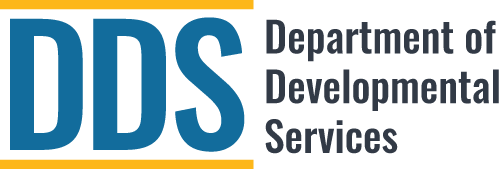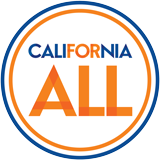Person-centered individual program planning assists persons with developmental disabilities and their families to build their capacities and capabilities. This planning effort is not a single event or meeting, but a series of discussions or interactions among a team of people including the person with a developmental disability, their family (when appropriate), regional center representative(s) and others.
As part of the planning process, this team assists the individual in developing a description that includes: a preferred place to live, favorite people with whom to socialize, and preferred types of daily activities, including preferred jobs. This description is called a preferred future, and is based on the individual’s strengths, capabilities, preferences, lifestyle and cultural background.
The planning team decides what needs to be done, by whom, when, and how, if the individual is to begin (or continue) working toward the preferred future. The document known as the Individual Program Plan (IPP) is a record of the decisions made by the planning team.
Additional Publications may be available from your local regional center.
Publications:
IPP Resource Manual – English PDF
From Process to Action: Making Person-Centered Planning Work – English PDF
Person-Centered Planning – English PDF
Last modified: April 29, 2023



